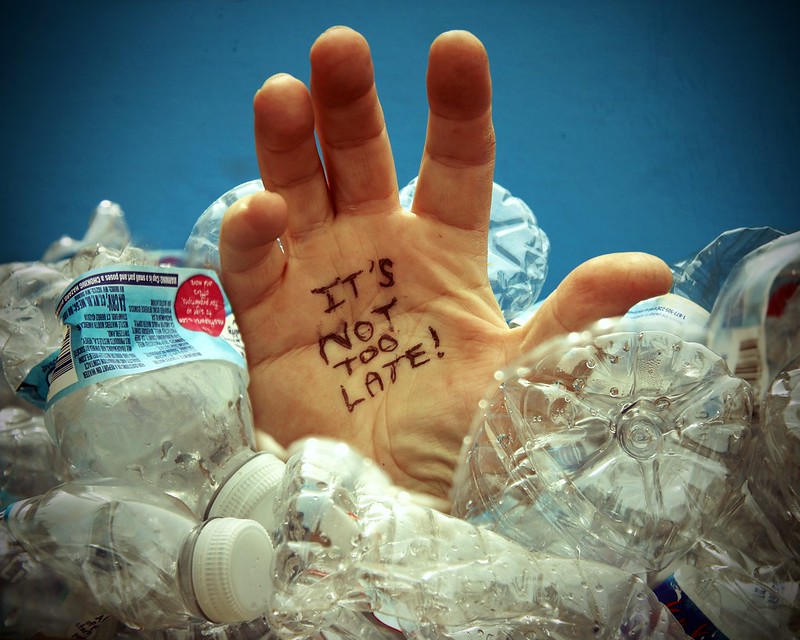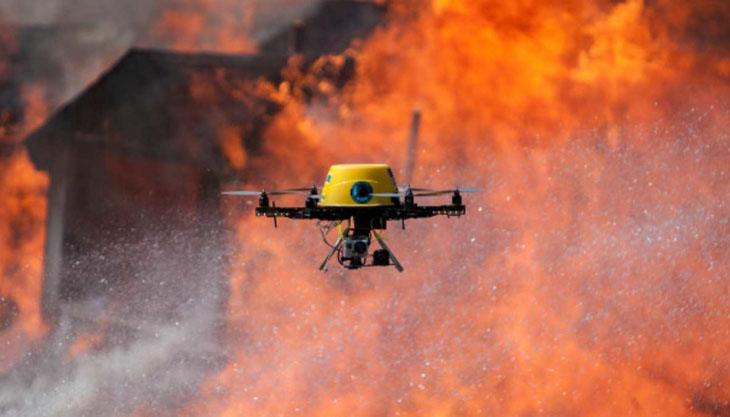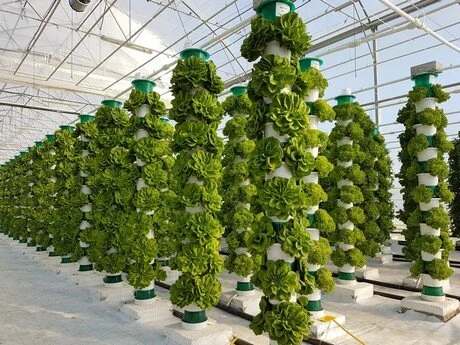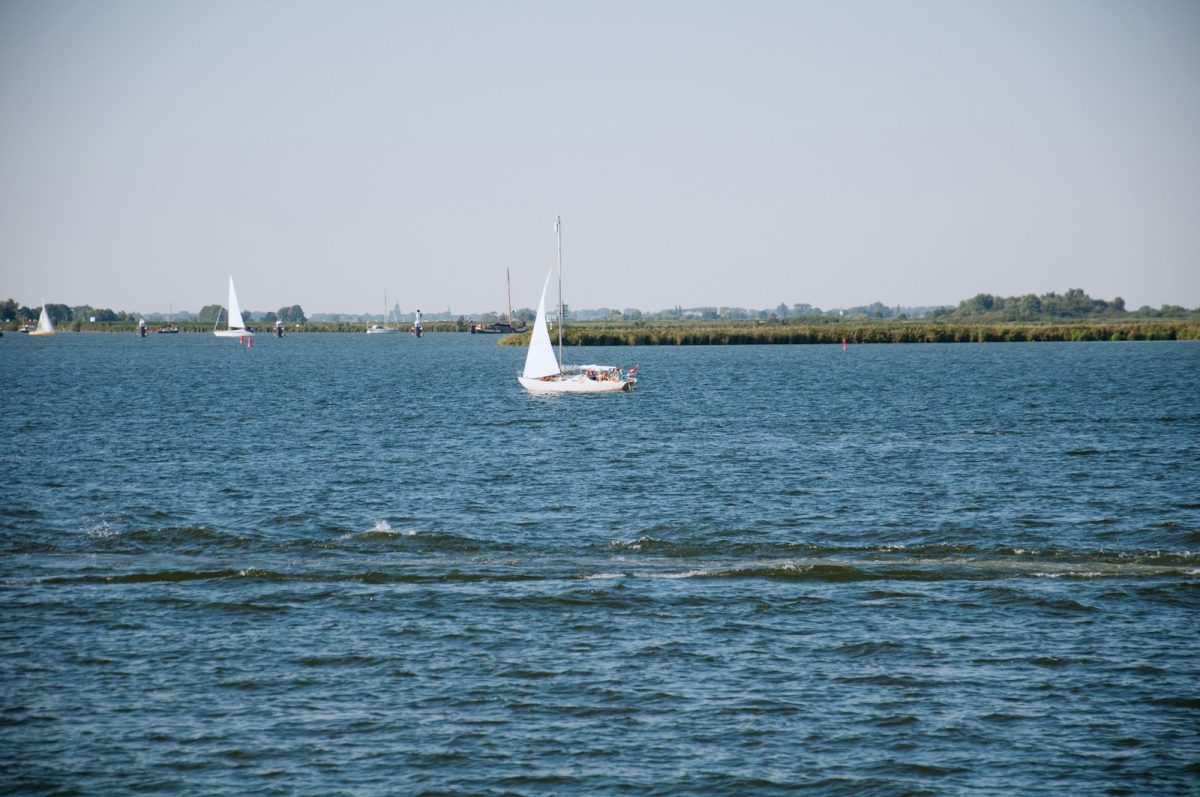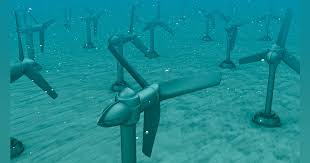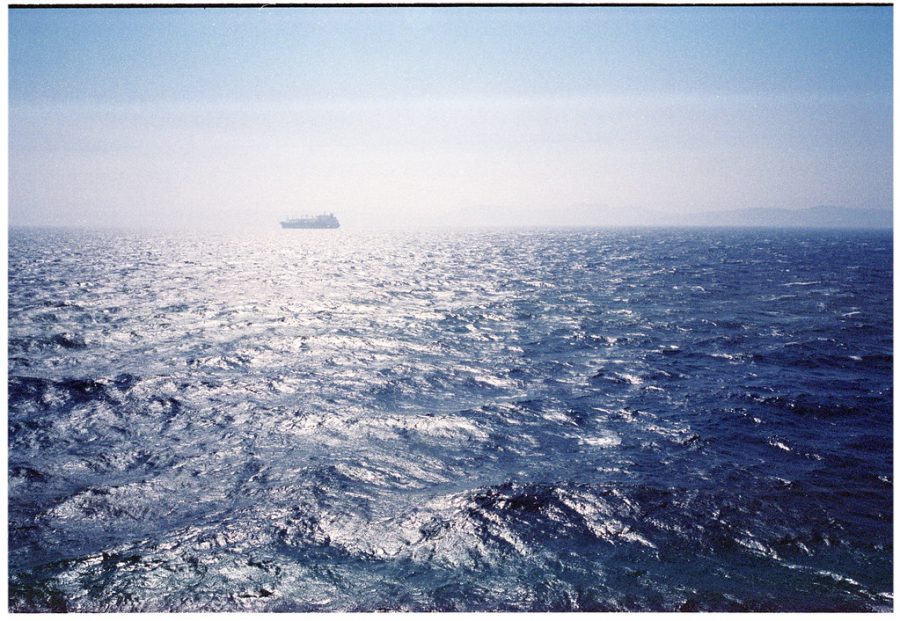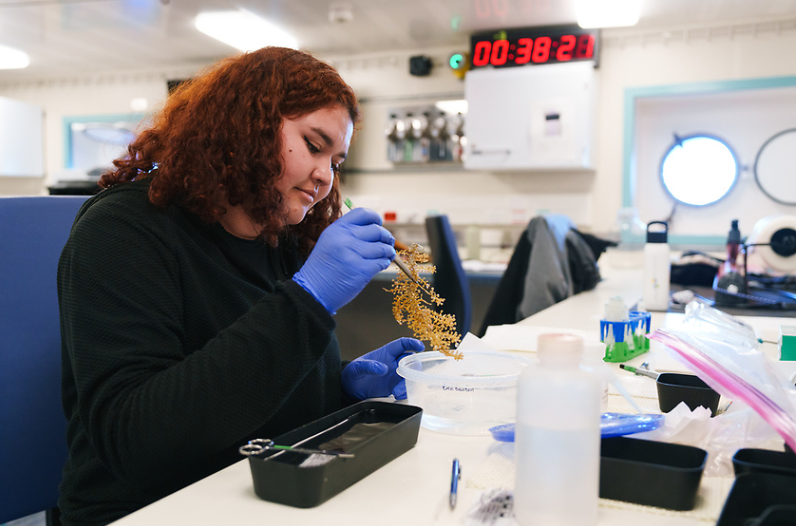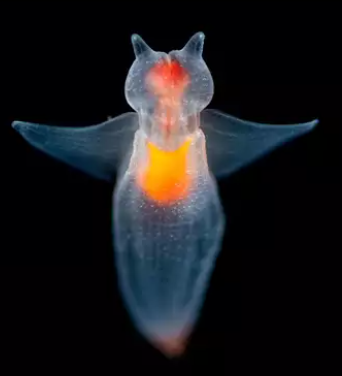Ocean pollution has built up over decades, and it hurts sea life and the people who depend on healthy waters. Trash and chemicals enter rivers and lakes, then flow to the ocean, where they can tangle animals, get eaten by fish and turtles, and create “dead zones” with too little oxygen. Scientists also warn that tiny plastic pieces called microplastics are now widespread in marine food webs and can harm organisms at the cellular level. Together, these problems reduce biodiversity and make coastal communities more vulnerable to storms and climate change impacts.
In the past, the damage has been clear. Nutrient pollution from farms and cities has fueled one of the world’s most studied “dead zones” in the Gulf of Mexico—an area so low in oxygen that fish and shellfish struggle to survive. In 2024, scientists again reported a larger-than-average dead zone, showing how long this issue has persisted even with improvements in wastewater treatment and best practices on land. Plastic pollution has also grown steadily for decades; global data show that 1–2 million metric tons of plastic still reach the ocean each year, where it breaks down into microplastics that can be ingested by marine animals.
Right now, people are attacking the problem from several angles. Governments and development banks are funding better waste, stormwater, and wastewater systems to keep trash and nutrients out of waterways, including a new €3 billion phase of the Clean Oceans Initiative announced in 2025. On the water, large-scale cleanup projects have ramped up: for example, The Ocean Cleanup reported record removals from rivers and the Great Pacific Garbage Patch in 2024, while new research is building frameworks to measure whether these cleanups deliver net ecological benefits. These efforts are promising, but experts stress that cleanup must complement—not replace—prevention on land through better product design, reduced single-use plastics, and stronger collection and recycling systems.
Looking ahead, the choices we make now will decide the future. If current trends continue, plastic production and waste could keep rising, increasing the number of particles in the ocean and the risks to wildlife and people. At the same time, international negotiations on a global plastics treaty are pushing for rules that reduce plastic at the source, design safer materials, and finance solutions worldwide—steps many scientists say are necessary to turn the tide. Local actions matter too: communities that improve wastewater treatment, limit fertilizer runoff, and enforce litter and packaging laws see cleaner rivers and coasts over time, which helps ecosystems recover.
In short, the ocean has been hurt by many kinds of pollution, from nutrients that create dead zones to plastics that harm animals. The good news is that solutions exist and are being scaled—from upgrading infrastructure to changing how we make and use plastics, to cleaning up existing messes. If we back strong policies with smart investments and everyday choices—like cutting single-use plastics, keeping trash out of storm drains, and supporting science-based cleanup and prevention—we can protect marine life and give future generations a cleaner, safer ocean.
References
Ahmad, O., et al. (2025). Microplastic pollution in aquatic ecosystems: A global review of sources, impacts, and solutions. https://www.mdpi.com/2073-4441/17/12/1741
Egger, M., Lebreton, L., & van Sebille, E. (2025). Evaluating the environmental impact of cleaning the North Pacific Garbage Patch. https://www.nature.com/articles/s41598-025-00619-w
Intergovernmental Oceanographic Commission of UNESCO. (2024, June 19). State of the ocean report 2024: Up-to-date knowledge for ocean action. https://www.ioc.unesco.org/en/articles/state-ocean-report-2024-date-knowledge-ocean-action
National Oceanic and Atmospheric Administration. (2024, August 1). Gulf of Mexico “dead zone” larger than average, scientists find. https://www.noaa.gov/news-release/gulf-of-mexico-dead-zone-larger-than-average-scientists-find
Reuters. (2025, June 9). Development banks to invest €3 billion in ocean-plastics fight. https://www.reuters.com/sustainability/climate-energy/development-banks-invest-3-billion-euros-ocean-plastics-fight-2025-06-09/
Ritchie, H., & Roser, M. (2023). Plastic pollution. https://ourworldindata.org/plastic-pollution
The Ocean Cleanup. (2024, December 19). 2024: A record-breaking year for The Ocean Cleanup. https://theoceancleanup.com/updates/2024-a-record-breaking-year-for-the-ocean-cleanup/
